- 🦴 10 Key Takeaways
- Start Calm: Setup, Tools, and Desensitisation
- Burn Off Energy Before Grooming
- Create a Low-Stress Grooming Space
- Pick the Right Tools for Your Dog
- Desensitise Paws, Clippers, and Touch
- Step-by-Step Plan: Teach Calm Grooming and Nail Trims
- Use Rewards to Build Positive Associations
- The 5-Minute Daily Routine
- Calming Touch and Steady Handling
- Clip or Grind Safely, One or Two Nails at a Time
- Troubleshooting and Safety Tips
- Spot Early Signs of Stress and When to Pause
- If Your Dog Pulls Away or Growls
- Helpful Add-Ons: Grinder, Lick Mat, Aromatherapy
- Know When to Get Professional Help
- Conclusion
- Frequently Asked Questions
- How can I help my dog stay calm during grooming?
- Why does my dog hate nail clipping?
- How do I desensitize my dog to nail clippers?
- What’s the best time to trim my dog’s nails?
- How often should I trim my dog’s nails?
- Should I use clippers or a grinder?
- What if my dog pulls away during trimming?
- How do I avoid cutting the quick?
- What if my dog’s nail starts bleeding?
- Can I groom my dog at home safely?
- Why is my dog anxious even before grooming starts?
- How do I train my puppy for grooming?
- How long should a grooming session last?
- What are early signs of grooming stress?
- When should I call a professional groomer or trainer?
Does your dog squirm, hide, or bark when the clippers come out? You can change that. This guide shows how to teach calm grooming and nail trims with short sessions, treats, and the right setup. Expect safer nails, less stress, and faster grooming. Even nervous dogs can improve with steady practice.
🦴 10 Key Takeaways
- Preparation is half the work — A calm environment, gentle setup, and good tools turn stressful grooming into a positive experience.
- Exercise before grooming helps release extra energy so your dog starts calm and focused.
- Short, consistent sessions (just 3–5 minutes) build trust faster than long, forced ones.
- Touch and reward in micro-steps — slowly desensitise your dog to paw handling and the sound of clippers or grinders.
- Stay calm yourself — dogs mirror your emotions, so your relaxed voice and steady pace keep them grounded.
- Use high-value treats and praise to turn each small success into a confidence boost.
- Trim just one or two nails per session and end with a win to keep your dog looking forward to the next time.
- Watch for early stress signals like lip licking or stiff posture, and pause before tension escalates.
- Adapt your approach — try grinders, lick mats, or scent aids if your dog stays anxious.
- Patience and repetition build calm — with steady, kind handling, even nervous dogs can learn to relax during grooming.
Start Calm: Setup, Tools, and Desensitisation
Preparation prevents stress. Move, set the space, and make small wins. Start with light exercise to soften energy. Choose a quiet corner with good light and a non-slip mat. Keep sessions short, positive, and repeatable.
Have sharp, size-appropriate clippers or a nail grinder, styptic powder, and long-lasting treats ready. Touch your dog’s paws, hold each toe, then treat. Let your dog sniff the clipper. If using a grinder, turn it on far away, then off, and reward. Your calm voice matters. Dogs mirror your mood, so breathe, smile, and keep your pace slow. For more helpful tips on building your dog’s confidence and improving training routines, you can visit our dog training guide.
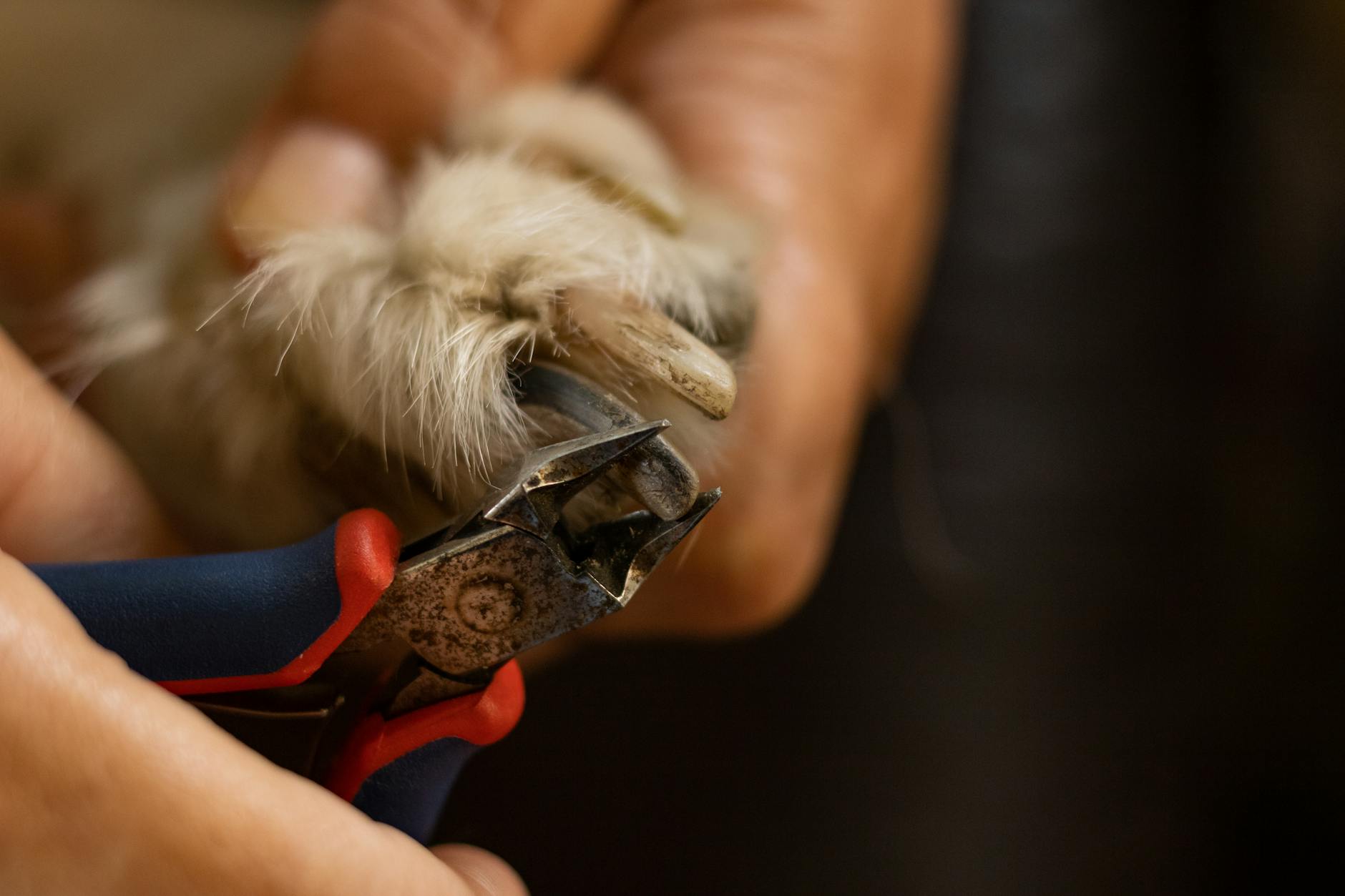
Burn Off Energy Before Grooming
Take a 10 to 20-minute walk or play fetch. Wait a few minutes afterwards, so your dog is relaxed and not overly excited.
Create a Low-Stress Grooming Space
Use a non-slip surface so paws do not slide. Add gentle music and bright, steady light. Keep sessions 3 to 5 minutes at first. Place treats within easy reach so you never fumble.
Pick the Right Tools for Your Dog
- Small clippers for small dogs, sturdy clippers for large breeds.
- A grinder for dogs who dislike clipping or have dark nails.
- Sharp blades to avoid crushing.
- Styptic powder to stop minor bleeding fast.
Desensitise Paws, Clippers, and Touch
Micro-plan: touch shoulder, treat. Touch leg, treat. Touch paw, treat. Hold a toe, treat. Tap clippers to the nail tip without cutting, reward. For grinders, start with the sound across the room, then closer, then a quick touch to one nail with a treat immediately after. If your dog gets tense or vocal during these steps, you might also find it helpful to explore our guide on ways to stop excessive dog barking for calmer behavior overall.

Step-by-Step Plan: Teach Calm Grooming and Nail Trims
Build a simple routine your dog can predict. Mark and reward even one second of stillness. Start with one to two nails per session, then end on a win. Use a cue like “paws,” and a release like “all done.” Handle gently, move slow, and breathe. Keep the routine a few times each week for steady progress.
Use Rewards to Build Positive Associations
Use high-value treats, soft praise, and a calm voice. Reward after each small success, like a paw touch, a clipper tap, or one trimmed nail.
The 5-Minute Daily Routine
- 30 seconds calm petting
- 2 minutes paw handling with treats
- Trim 1 to 2 nails
- 30 seconds brushing
- End with a jackpot treat and a short play
Keep it predictable and brief.
Calming Touch and Steady Handling
Hold the chest or shoulder lightly. Use slow strokes and brief pauses. Keep hands gentle, avoid pinching toes, and release before your dog struggles.
Clip or Grind Safely, One or Two Nails at a Time
Use a bright light to see the quick. Trim at a slight angle, in tiny bits. For dark nails, take small slices or switch to a grinder. If your dog tenses, stop, reset with a treat, and try a simpler step.
Troubleshooting and Safety Tips
Watch for early stress signs, then pause and reset. If your dog resists, treat and step back a stage. Try a grinder instead of clippers, a lick mat with peanut butter, or a helper to feed treats. A light lavender scent on your hands can help some dogs. Condition a muzzle for safety if needed, always with treats. Call a pro groomer or trainer if fear or aggression appears. You can also check out these expert grooming tips from PetMD to understand what professional groomers recommend for keeping dogs calm and comfortable.

Spot Early Signs of Stress and When to Pause
Common signs: lip licking, yawning, stiff posture, pinned ears, whale eye, pulling away. Stop, give space, and try an easier step once calm.
If Your Dog Pulls Away or Growls
Do not punish. Lower the difficulty, increase rewards, and shorten sessions. If it keeps happening, contact a qualified behaviorist.
Helpful Add-Ons: Grinder, Lick Mat, Aromatherapy
A grinder removes tiny amounts and creates smoother edges. A lick mat keeps focus on licking, not feet. Aromatherapy can ease mild tension. Introduce each tool slowly and pair with treats.
Know When to Get Professional Help
Seek help for repeated bites, panic, or injuries. Look for a force-free trainer or a fear-free groomer. Safety comes first for you and your dog.
Conclusion
The plan is simple: exercise, calm setup, desensitize, reward, then trim a little at a time. Progress comes from patience and consistency. Track wins, celebrate calm stillness, and keep sessions short. Start your 5-minute routine today and build a dog who relaxes for grooming.
Frequently Asked Questions
How can I help my dog stay calm during grooming?
Start with short, positive sessions in a quiet space. Use treats, gentle handling, and praise to make grooming a calm experience.
Why does my dog hate nail clipping?
Many dogs fear the sound, pressure, or past pain from clipping too short. Gradual desensitization helps rebuild trust.
How do I desensitize my dog to nail clippers?
Let your dog sniff the clippers, hear the sound, and feel light touches before you actually trim. Reward calm reactions each time.
What’s the best time to trim my dog’s nails?
After light exercise when your dog is relaxed — not tired or hyper. Evenings can be ideal for calmer moods.
How often should I trim my dog’s nails?
Every 3–4 weeks for most dogs. Active dogs may need less frequent trims, while indoor dogs may need them more often.
Should I use clippers or a grinder?
Use clippers for quick trims and grinders for smoother edges or dark nails where the quick is hard to see.
What if my dog pulls away during trimming?
Stop immediately, reward calm behavior, and try again later. Never force it — patience builds confidence.
How do I avoid cutting the quick?
Trim small bits at a time. Use a bright light to see the quick, or grind gradually to avoid injury.
What if my dog’s nail starts bleeding?
Stay calm and use styptic powder or cornstarch to stop the bleeding. Give a treat and take a break.
Can I groom my dog at home safely?
Yes, with the right tools, preparation, and patience. For fearful or aggressive dogs, consult a professional groomer.
Why is my dog anxious even before grooming starts?
Dogs remember past stress. Set up a calm, consistent routine and reward calm behavior long before you start grooming.
How do I train my puppy for grooming?
Begin early with gentle touches, short sessions, and lots of treats. Make grooming part of playtime to build positive associations.
How long should a grooming session last?
Keep it short — 3 to 5 minutes at first. Gradually increase time as your dog learns to relax.
What are early signs of grooming stress?
Lip licking, yawning, stiff body, pinned ears, or avoiding eye contact are all signs to pause and reset.
When should I call a professional groomer or trainer?
If your dog growls, snaps, or panics repeatedly. Look for force-free or fear-free professionals for safe help.

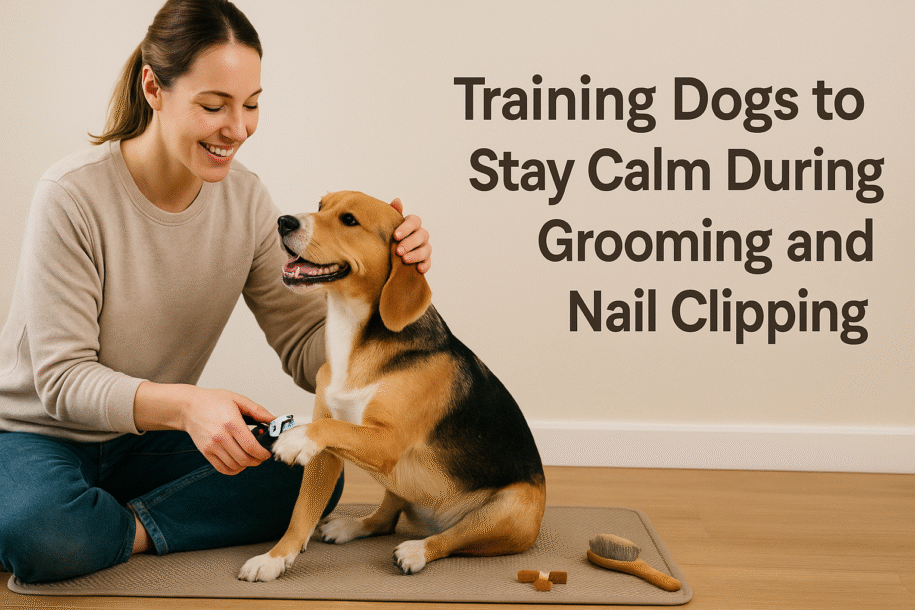



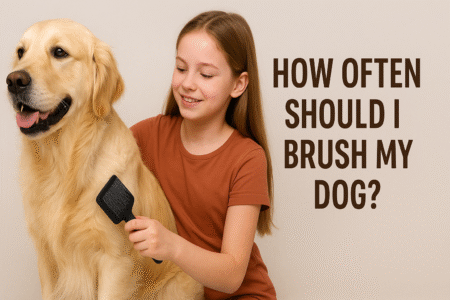







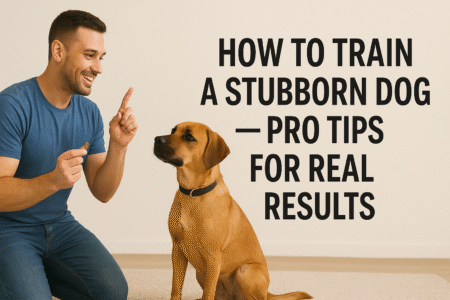



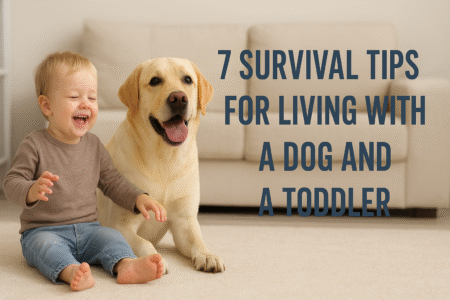

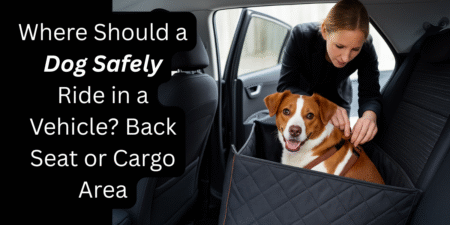
Leave a Reply